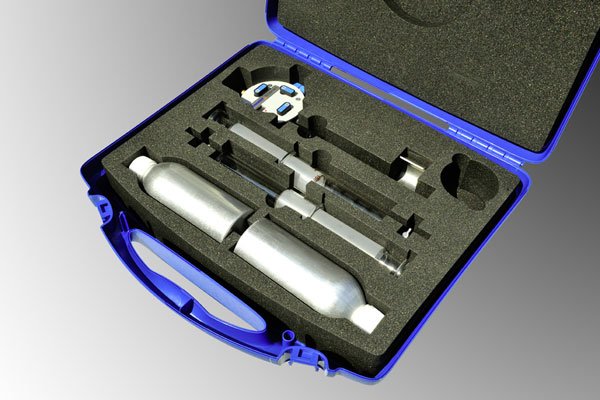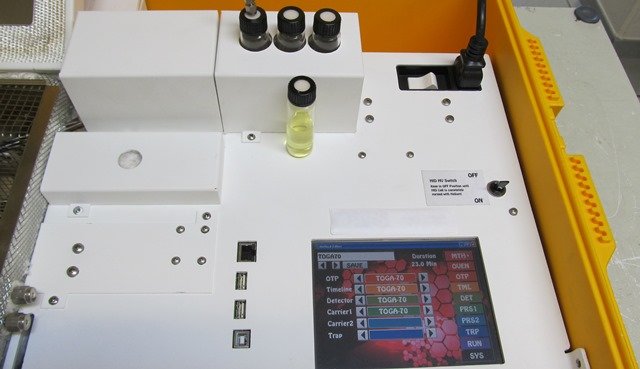
Oil Sampling Set | ÖLEK | Gas in Oil Analysis
The oil sampling set is used to take oil samples from electrical equipment such as transformers, converters or oil switches. When taking oil samples, make sure that the oil sample complies with the prescribed standard. A potential manipulation of the oil sample falsifies the analysis result. The big advantage of oil sampling with the Oil Sampling Set is that no outside air gets into the sample. The set ensures sampling according to the following standards: DIN EN 60567, IEC 567 and ASTM 3612, so the oil sample is ideally prepared for subsequent analysis in the laboratory. In order to avoid repairs and failures, the oil sample must be handled with care.
An early analysis of potential faults extends the service life of electrical equipment. Oil sampling is a crucial element in any oil analysis. Insulating oil analyses: These periodic tests are an important part of the maintenance of transformers for a safe energy supply. In the operational monitoring of oil-filled high-voltage equipment (transformers, instrument transformers, bushings, cables, etc..), decomposition gas analysis is becoming more and more a priority and an important part of the maintenance process. In case of electrical or thermal overload, decomposition gases are formed in the insulating oil, which can be analyzed.
Improper oil sampling or contamination of the test vessels can have a very large influence on the measured values of the individual test methods, so that completely wrong conclusions could be drawn about the quality of the insulating fluids. The oil syringes and aluminium containers must be rinsed with the liquid to be tested before taking the sample. Bottles made of brown glass or drawn aluminium are used as sample containers for insulating oils. Not only the sampling, but also the handling of the oil sample plays an important role.


